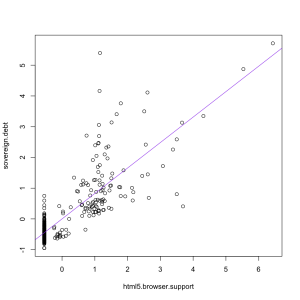Not all heart disease is the same
The Heart Foundation is calling for approval of a new drug, ivabradine (for subsidy — it’s already approved for prescription). The report in Stuff, unfortunately, puts in a bunch of numbers of varying relevance.
We are told the pill costs “as little as $3 a day” and that “Up to 160,000 people” in New Zealand have heart disease. If ivabradine was actually useful in all those 160,000 people, the total cost would be $175 million per year, or about a quarter of Pharmac’s budget. And you would know about it already.
The randomized trials of ivabradine, which do look very promising, are in people with one specific type of heart failure. Heart failure is a particularly nasty form of chronic heart disease where the heart can’t pump enough blood to supply oxygen to the body. Slowing down the heart rate helps — for centuries, foxglove extract (digitalis) was used, and the introduction of standardised versions of digitalis in 1785 is regarded as the start of modern therapeutics. Fortunately, heart failure is a relatively small part of heart disease in the population. There’s about 10,000 hospitalisations per year for heart failure, but that’s not 10,000 different people. A 2005 paper found 8000 deaths over 9 years, or about 900 per year. Not all of these will be the specific type of heart failure where ivabradine works.
If ivabradine works as well in practice as in the trials, and there don’t turn out to be any nasty side-effects, the Heart Foundation could be right — it could potentially prevent (actually, postpone for a bit) hundreds of deaths per year in NZ. But the 160,000 people with heart disease or the one death every 90 minutes from all types of heart disease are not relevant to this much more specialised medical question.

